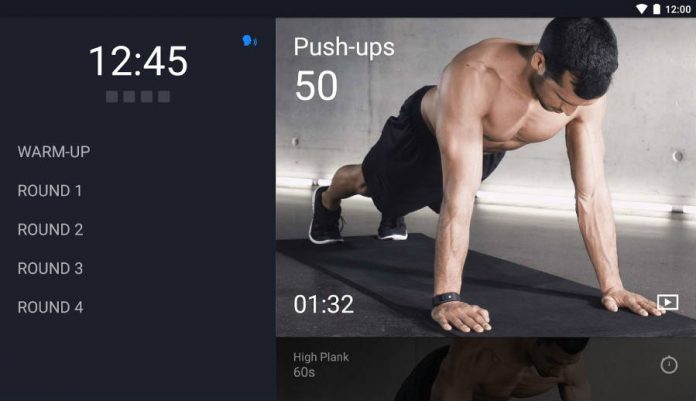
If the age of information has brought anything good to our lifestyles is a greater health and fitness awareness. Technology and applications have surged to meet the demands of people who want to lose weight, gain muscle, stay active, and completely change their lives.
However, as it usually happens with other kinds of technology, people expect just having and using technology as expected will get them the results they want. People will get a Mac expecting it to do virtually anything they want; only to find out the OS is not compatible with the software they need to run.
The same thing occurs nowadays with the fitness craze that is sweeping most of the world. Many people have seen significant results out of their routines and experiences with tech, but others have turned increasingly frustrated at apps for not being miracle workers.
Combine training, diet, and dedicated apps for better results
Basic fitness apps provide users with different routines with specific objectives, and if they have the discipline to follow them, they can see results very fast.
The first thing about these apps is that they take for granted the fact that people are at a “standard” physical state when they begin to train. They usually fail to consider that some might be too weak or too overweight to perform some, if not all, of the recommended exercises.
Some apps do have beginner, medium, and advanced routines, but the core issue remains given that they focus on intensity and how hard they might hit the user instead of actual performance feasibility.
Ideally, those who are not in optimal conditions should seek options with progression exercises that ease you into what you’re supposed to achieve.
The old “no pain, no gain” saying might end up causing you a sprain right from the start and discouraging many from continuing due to perceived weakness.
Moreover, training is just one variable in the equation, as nutrition also plays a fundamental role in the process of getting fit. Jeff Cavaliere, a famous physical therapist, says there is no way to out train a bad diet.
Food plays a major role in the results you see from exercise, and there are even targeted diets designed to meet specific needs of your organism. The idea is that tech-savvy fitness enthusiasts combine both training and dieting apps to make their activities coherent with one another and achieve their goals.
Different nutritional objectives require different solutions, but you might find calorie counters useful in general whether you’re trying to stay below a certain limit or struggling to up your intake so you can gain mass.
On the pure fitness side of things, nowadays you can name any exercise, and there is an app for that. For the few that are still not in the books, some apps let you create and share your own routines, sometimes complete with photos, video or audio to follow along.
Whether you follow an integral routine every day you work out or train different muscle groups each day, it is always important to pair exercise with adequate hydration, nutrition, and rest.
Listen to your body; it’s all up to you
It should go without saying since it is common sense, but if at any moment you feel the exercise you are doing is doesn’t feel right, you need to stop and evaluate all the variables before continuing. Ideally, you should seek professional guidance.
In fact, if possible, it is recommended to do this from the start. If you don’t have the money to take an appointment with a nutritionist or get advice from a pro trainer, there are online forums where you can outline your situation and get at least a general notion of what you’re doing wrong or what you should be doing.
A suggestion that goes beyond fitness and into other aspects of your daily life is that you should keep registers of what you do to track your progress and take control of your routine. There are apps where you can log exercise repetitions, weight lifting sessions, laps around a track, and more.
For those of you who lack discipline and need a motivational push to get up from the couch, there is a widespread trend across fitness apps that integrate challenges or goals you need to complete.
Last but not least, no amount of exercise and healthy eating is going to turn your life around if you don’t rest. Most routines include breaks in between repetitions, but you must also seek to get enough sleep at night and be in the right state of mind when you exercise.
Even the most advanced and intense regimes include days off, so don’t overwork yourself just because an app tells you to or to get a silly badge. You are in control, and technology only exists to make things easier.











